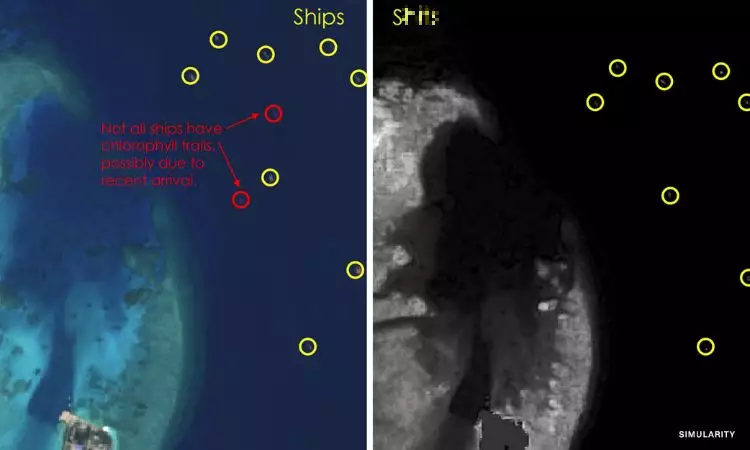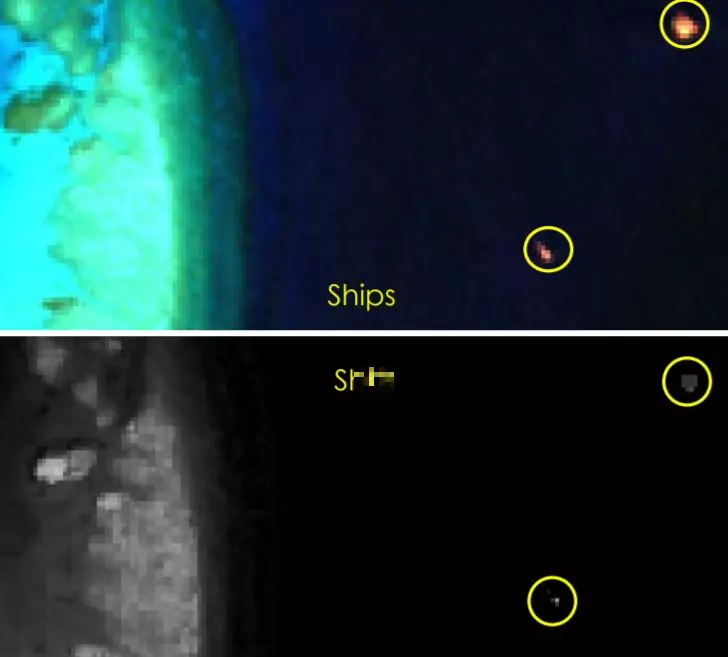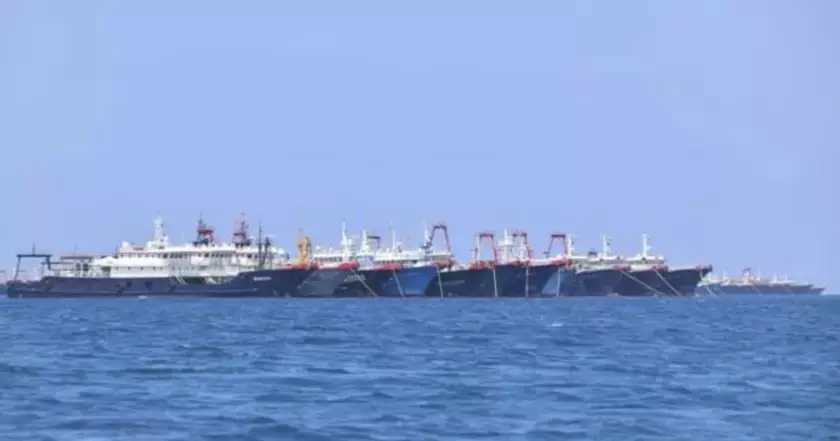
In South China, ships are said to have dumped human waste in the sea and it's visible from space.
According to a report released by US-based geospatial imagery company Simularity, ships in the Spratly Islands have been releasing wastewater for a number of years, which causes algae blooms that are said to have damaged reefs while harming sea life in the process.
The report includes the hashtag #ChinaStopSh***ingOnTheSpratlys.
Advert
Liz Derr, the CEO and co-founder of Simularity Inc., said in a new forum that the damage is 'so intense you can see it from space', and the organisation has backed up its claims by showing images of the damage taken by the European Space Agency.


It posted images over the last five years, which show that large amounts of human waste, sewage and wastewater has resulted in harmful algae build-up in a cluster of reefs where 'hundreds' of Chinese fishing ships are present.
Advert
Derr warned that, among many issues that the dumping is causing, a number of fish are being affected in 'catastrophic' ways.
As reported by the Associated Press, Derr said: "When the ships don't move, the poop piles up. The hundreds of ships that are anchored in the Spratlys are dumping raw sewage onto the reefs they are occupying.
"The damage to the reefs in the last five years is visible and dramatic."

Simularity claims the rise in human waste is in correlation with the rise in Chlorophyll-a, which can cause harmful algae activity in the maritime territory.
Advert
Its report reads: "In water, Chlorophyll-a concentration is a measure of phytoplankton. Excess phytoplankton that cannot be consumed by the reef inhabitants dies off and sinks to the seafloor, where it is consumed by bacteria.
"These bacteria consume oxygen that would normally be available to the fish, creating a dead zone."
Derr said 'at least 236 ships' were docking in the area and warned that desired fish, such as tuna, may be at risk as they tend to breed in the reefs.
The end result could cause a decline in fish stock in the offshore area, where many source key, regional food from.
Advert
Derr said: "This is a catastrophe of epic proportions and we are close to the point of no return."
According to CNN, when asked for a response, the Chinese Embassy only pointed out the report used an old photo taken in Australia. The report used the picture as an example of how of phytoplankton and algal blooms can result from excess nurtrients in water.
On the website of Simularity Inc. the company says it specialises 'in finding things that are hard to see'.
Featured Image Credit: PATopics: China